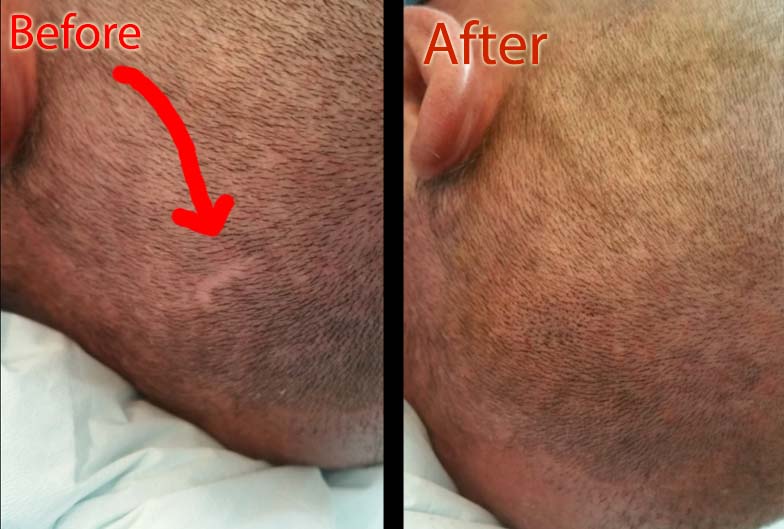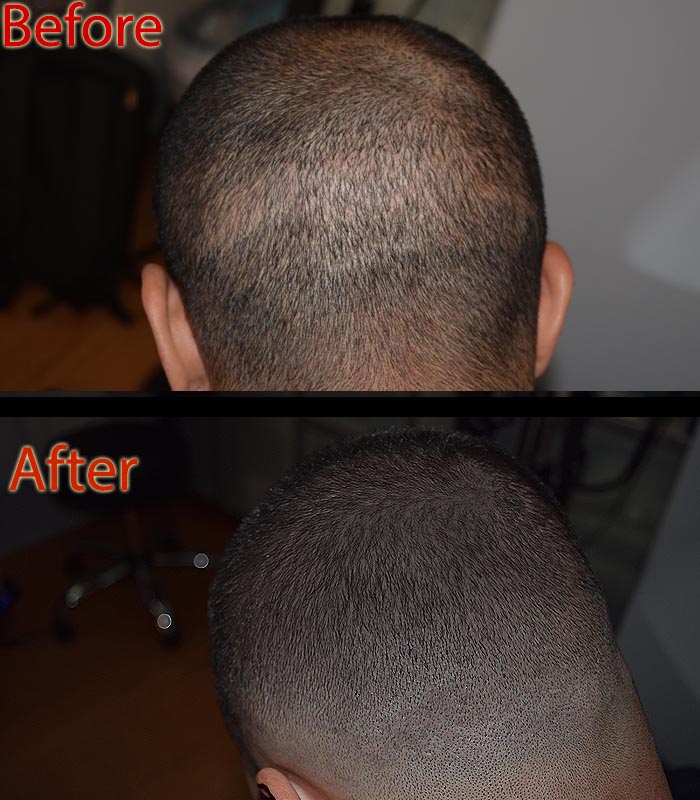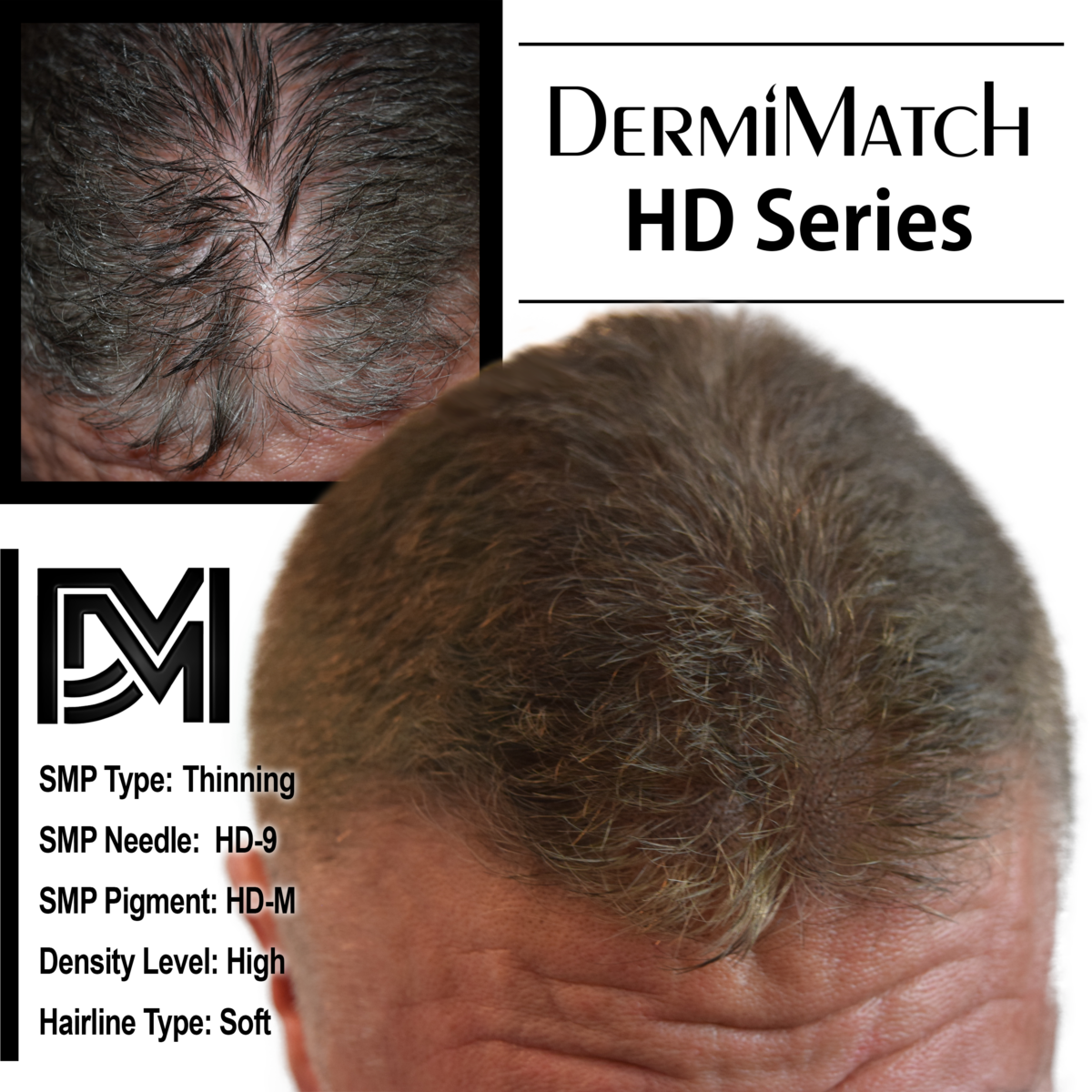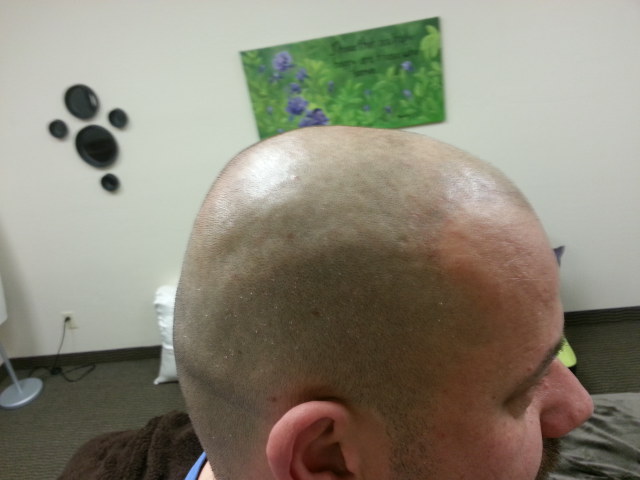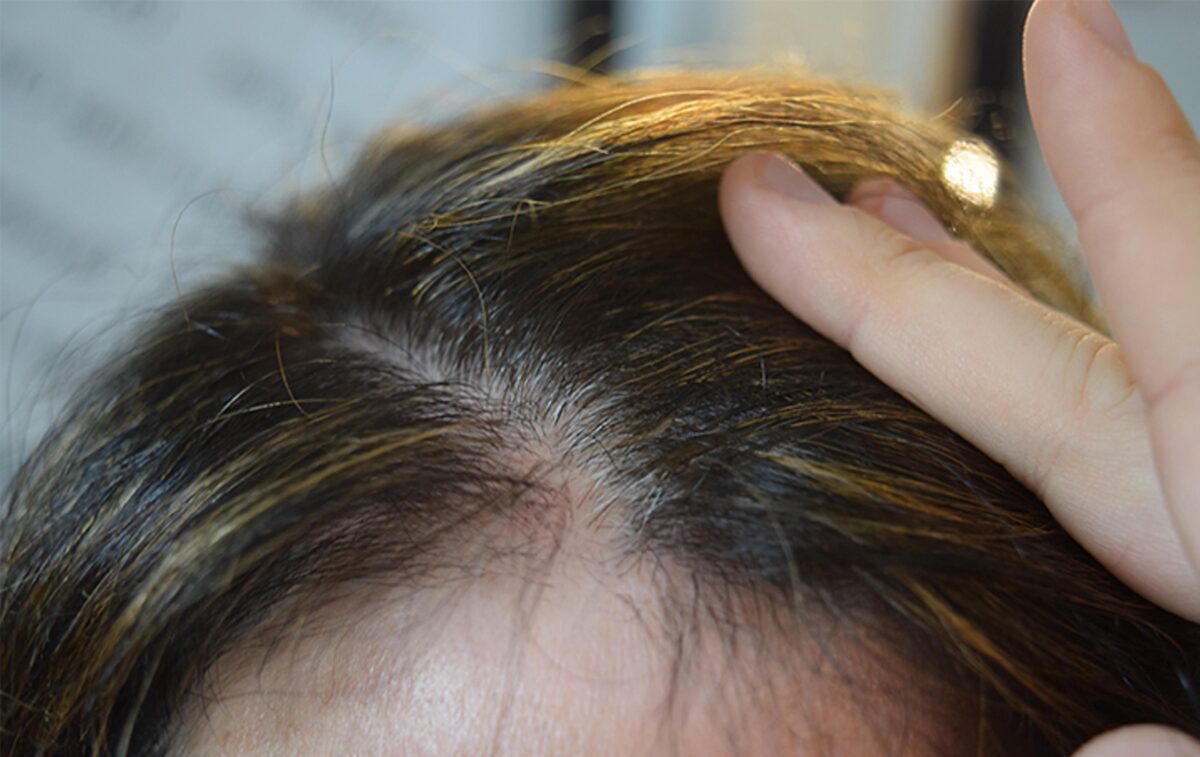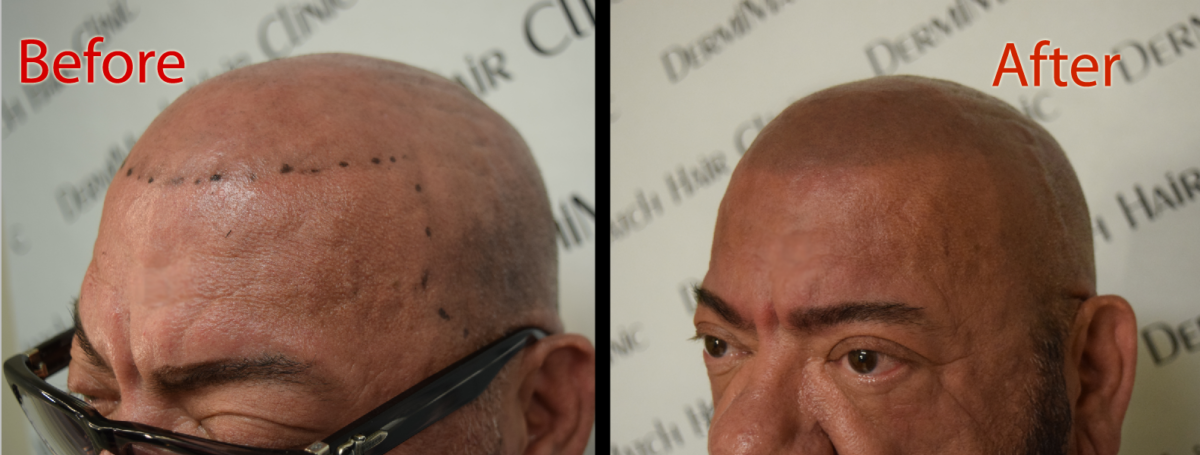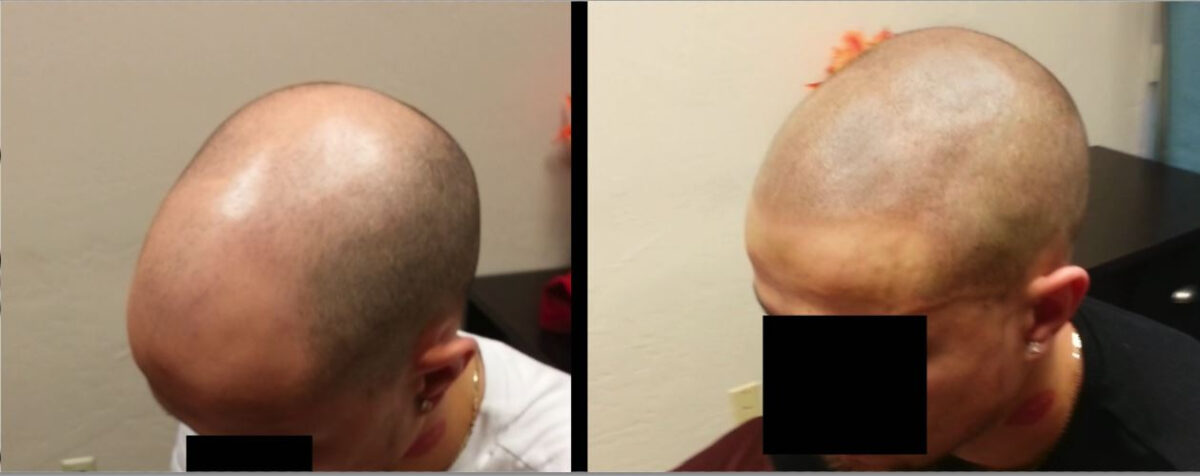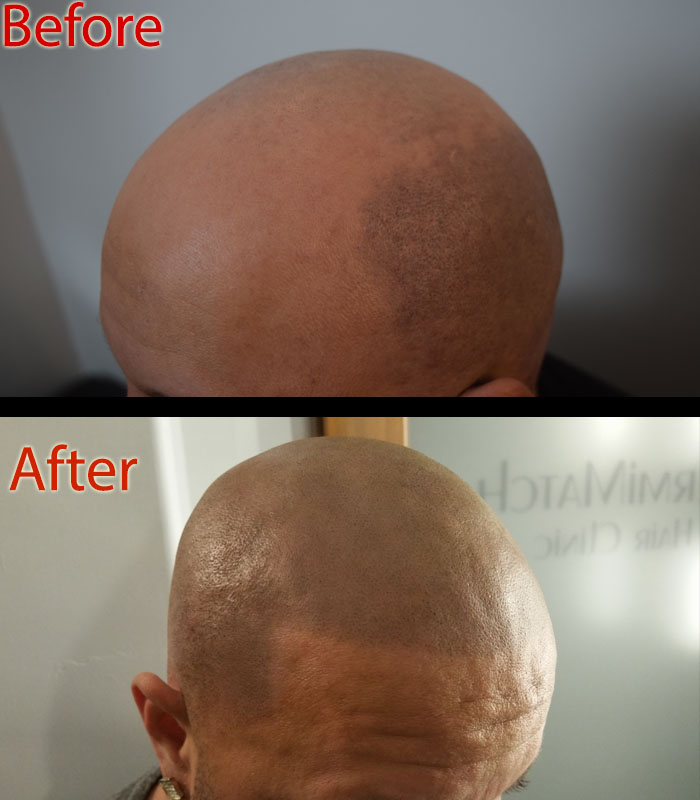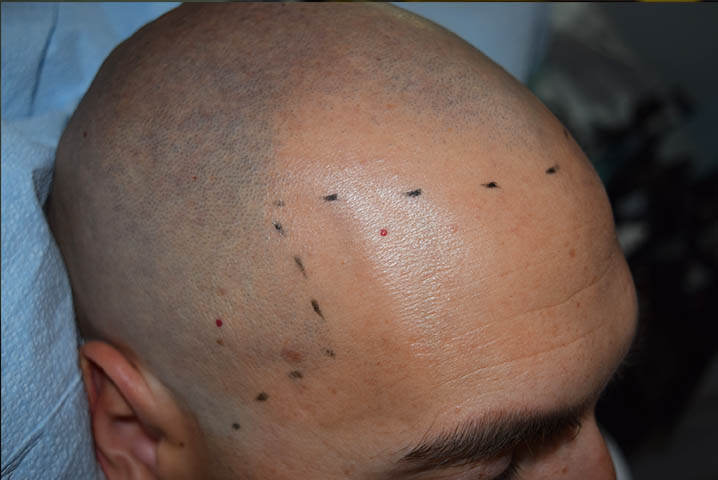Does SMP for scar coverage work? Well, the concept of using pigment for hair loss and scar coverage has already crossed its infancy. To understand how scalp micropigmentation is an effective way to hide scars, let’s see how it works. A scar could be the result of trauma, which continues to remind you of the incident that caused it. With the help of scalp micropigmentation, you can forget the trauma.
Tough Scars and SMP for Scar Coverage
Nobody can deny the fact that scars are tough and difficult to conceal. Scarring exists in people who have had hair systems previously. Hair systems are known to create unevenness in the scalp. There could be areas of dense scarring hidden inside baby-soft, thinned skin. Hiding such types of scars is a tough task. As a result, many SMP technicians struggle with pigmentation rejection in specific areas. They face the problem of excessive pigmentation depth in the adjacent areas. Scars have a tendency to reject ink. That means unless you use special pigment for scar coverage, you might not be able to get the results you seek. SMP professionals with hands-on experience and skills in scar coverage can deliver.
There is no denying the fact that scar tissue is a kind of patch. A scar is formed as an automated response of the body. Fibrous tissue is laid down during scar formation as part of the body’s quick survival response, which interrupts the collagen structure of the healthy tissue, and the patch is created. This results in a tough, thick, discolored, and dense scar. These scar characteristics are not good for successful pigmentation. They look unsightly and bad and of course, are a constant reminder of the incident that caused them.
Let’s see how SMP for scar coverage is a good idea.
Scars And SMP
Scar camouflage is not an easy job. It requires highly specialized skills and experience. Scar coverage also requires an understanding of the scar tissue and the unique challenges that lie ahead in the project of scar camouflage. A poor understanding of scar tissue can result in a failed project as scars can easily reject pigment, leaving the client exposed with no camouflage.
The best Arizona SMP technicians are skilled in scar concealment and can accurately and skillfully add the illusion of density to the site. They can cover scars from a bad scalp micropigmentation procedure, a hair transplant, and/or an accident injury. Since there is zero margin for error in scar camouflage, skilled practitioners can help people looking for non-invasive scar camouflage options.
The DermiMatch Edge
DermiMatch Clinic has years of experience performing scar-specific SMP using the best scar pigment from DermMicro. The SMP technicians here have mastered the art of scar concealment through years of working with countless clients.
They are dedicated to bringing awesome results for clients and envision total success every single time.
Get in touch with the best names in the business of scar concealment with scalp micropigmentation. Trust only skilled Arizona SMP artists for the job to avoid disappointments later.

